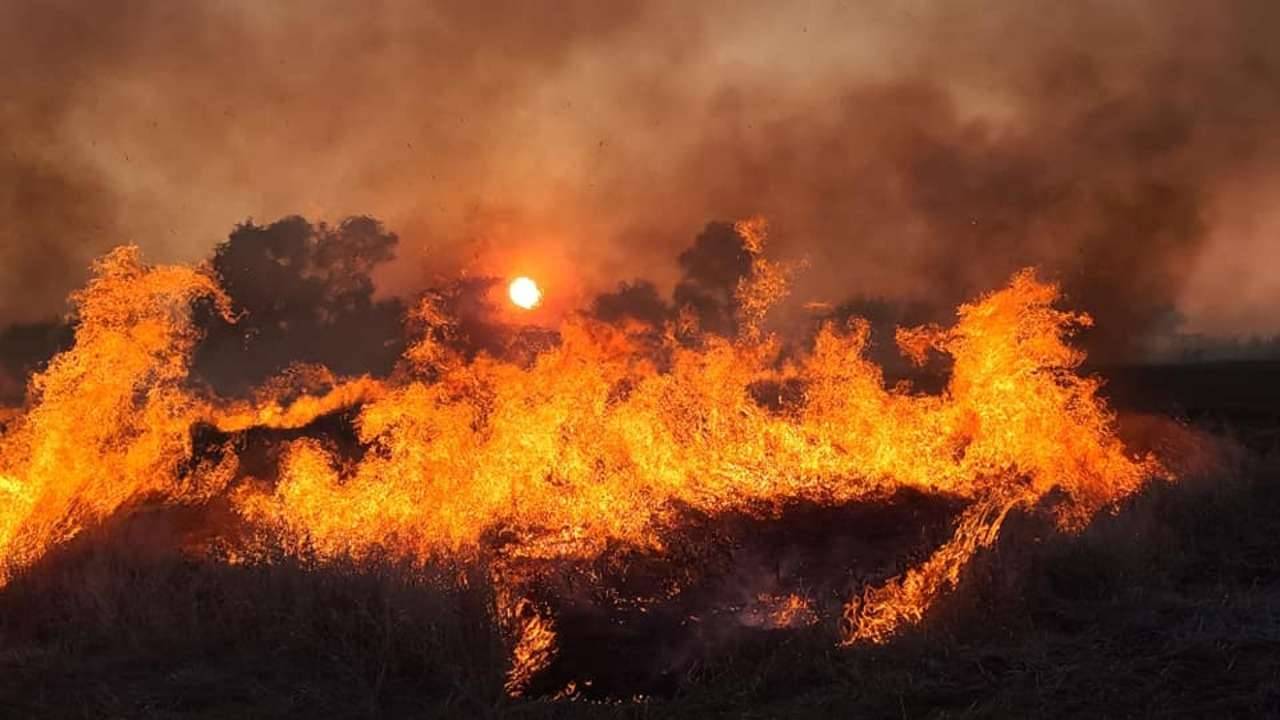
Officials from the department of agriculture and farmers' welfare discovered that the field was set on fire by farmers in Gehelwal and Bagga Khurd villages after conducting an investigation.
The investigation was carried out on the orders of deputy commissioner Surabhi Malik, according to chief agriculture officer Narinder Singh Benipal.
Benipal said he had submitted a letter to the sub-divisional magistrate, chief environment engineer, Punjab Pollution Control Board, and the in-charge of the local police station, requesting action.
He urged the farmers to keep the ground fertile by using the in-situ technique, which involves plowing the wheat straw into the field rather than depleting the nutrients by burning it.
"Farmers should prioritize direct sowing to conserve underground water," he added, adding that the agricultural department is conducting a large-scale awareness campaign in this area.
The Problem of Stubble Burning:
Stubble burning occurs all around the world, but it is especially common in India, the world's largest rice exporter. The fires deplete soil nutrients while also contributing to air pollution. According to government meteorologists, crop burning can contribute to up to 45 per cent of Delhi's pollution during the crop-burning season.
"Stubble burning has now become a perennial issue because of a mismatch of policy and agricultural practices, and, significantly, the lack of solutions open to farmers," says Dhruv Sawhney, chief operating officer at nurture.farm.
In 2015, an environmental court banned Stubble-burning, which includes farmers setting fire to leftover rice straw. After multiple studies indicated that the crude practice exacerbates Delhi's air pollution crisis, the Supreme Court repeatedly endorsed it.
Stubble burning or crop residue burning is illegal under Section 188 of the Indian Penal Code and the Air and Pollution Control Act of 1981. However, the government's implementation is ineffective.
















